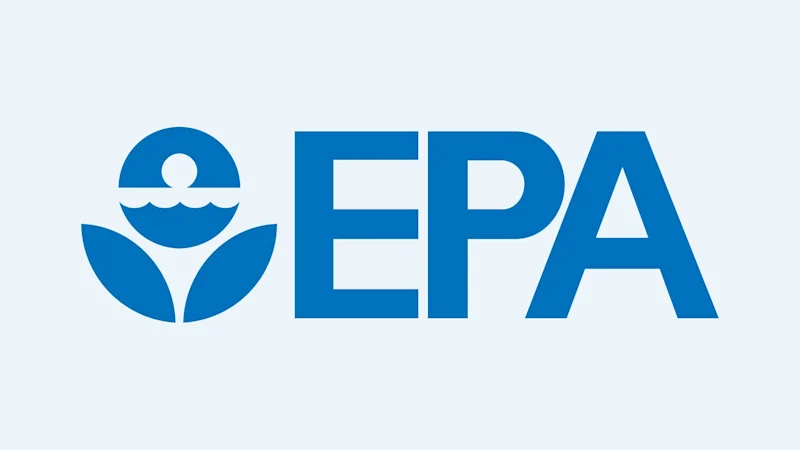
Illinois to Ban Nonbiodegradable Plastic Glitter in Personal Care Products by 2029
Illinois will prohibit nonbiodegradable plastic glitter in personal care products by 2029, impacting manufacturers, retailers, and regulators alike.


The U.S. Environmental Protection Agency (EPA) has issued a final risk determination for 1,4-dioxane, classifying the solvent as presenting an unreasonable risk to human health under the Toxic Substances Control Act (TSCA). This determination follows an in-depth evaluation addressing prior omissions and reveals that both occupational and general population exposures to 1,4-dioxane, a chemical used in various commercial and consumer products, may lead to serious health risks, including cancer.
The updated EPA assessment, finalised in November 2024, highlights the extensive use of 1,4-dioxane in commercial applications, such as laboratory settings and manufacturing processes for detergents, adhesives, and plastics. The solvent also appears as an unintentional byproduct in numerous consumer and industrial products, including dish soaps, laundry detergents, and some cleaning solutions. The EPA’s analysis shows that 1,4-dioxane is released into the environment through industrial and consumer wastewater disposal, making it a significant contaminant in surface water and drinking water sources.
The EPA’s evaluation outlines significant health risks from inhalation and dermal exposures, particularly to workers handling 1,4-dioxane in industrial and manufacturing contexts. An alarming 22 out of 26 industrial conditions of use were found to pose unreasonable health risks, predominantly through cancer and adverse liver and nasal tissue effects. These risks extend to fenceline communities—residential areas near industrial sites—who may be exposed to 1,4-dioxane through contaminated air and drinking water.
The general population, particularly those in vulnerable subgroups with heightened susceptibility due to age or existing health conditions, faces potential risks from prolonged exposure to 1,4-dioxane in drinking water. Drinking water contamination can arise from direct industrial discharges, consumer products washed down the drain, and landfill leachate. Due to its persistence, 1,4-dioxane is difficult to eliminate through standard water treatment processes, making downstream communities reliant on affected water sources particularly at risk.
Responding to criticisms of its initial 2020 evaluation, the EPA’s latest supplement includes newly assessed exposure pathways that were previously excluded. This comprehensive approach incorporates aggregate exposure analysis, recognising that communities may encounter multiple simultaneous exposure sources. The revised risk evaluation for 1,4-dioxane, for example, includes potential exposures from groundwater contamination, ambient air pollution, and widespread presence in consumer products, providing a more accurate assessment of cumulative risks.
In light of these findings, the EPA will move to implement risk management strategies under TSCA to mitigate these identified hazards. The agency’s forthcoming actions, potentially in coordination with the Safe Drinking Water Act (SDWA), will include proposed regulations aimed at controlling 1,4-dioxane production, processing, and disposal. These measures aim to reduce 1,4-dioxane contamination in both industrial and consumer products, ultimately limiting its release into water systems and the environment.
Foresight continuously tracks 1000s of sources and maps updates to your portfolio:




Illinois will prohibit nonbiodegradable plastic glitter in personal care products by 2029, impacting manufacturers, retailers, and regulators alike.

EPA draft risk evaluation finds octamethylcyclotetrasiloxane (D4) poses significant risks to workers and aquatic life, signalling regulatory change for industry.

The EU has launched a public consultation to evaluate the Biocidal Products Regulation, seeking input on safety, innovation and market efficiency.
Subscribe to Foresight Weekly and get the latest insights on regulatory changes affecting chemical compliance.
Free forever. Unsubscribe anytime.
Read by professionals at